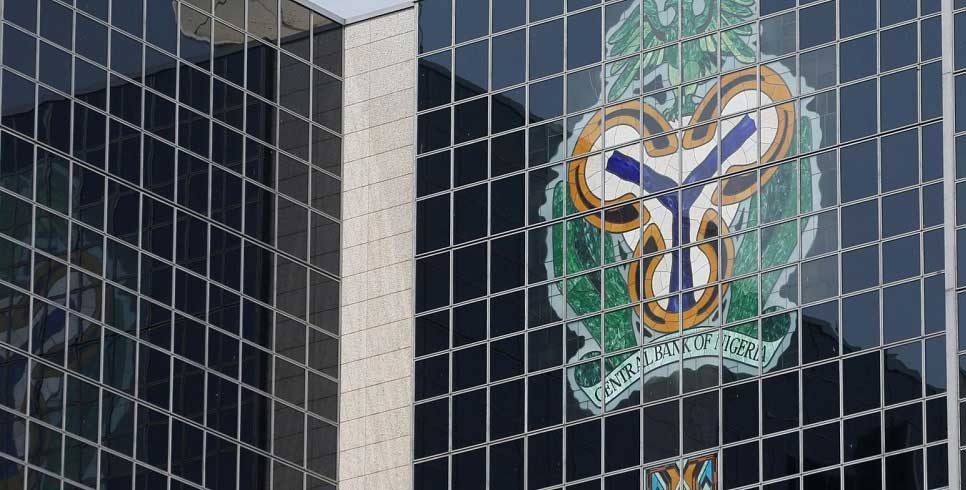
Unsecured loan defaults fall as lenders expand credit access across households and corporates
Banks in Nigeria recorded an increase in default rates on secured loans in the third quarter of 2025, despite broader improvements in credit availability across major lending categories, according to a new report by the Central Bank of Nigeria (CBN).
The findings were contained in the CBN’s Credit Conditions Survey released on Wednesday. In contrast to secured loans, the report showed that default rates on unsecured lending declined during the same period.
The apex bank said lenders linked the overall rise in credit availability to improved economic conditions, particularly for secured and corporate loans. For unsecured lending, banks attributed the increase in credit supply to a shift in their risk appetite.
“Lenders reported a decrease in default rates for unsecured lending while experiencing an increase in default rates for secured lending during the review quarter,” the CBN noted.
The survey also revealed that default rates fell across all segments of corporate lending, including small businesses, medium-sized Private Non-Financial Corporations (PNFCs), large PNFCs, and Other Financial Corporations (OFCs).
Banks reported higher credit availability in Q3 2025 for secured, unsecured and corporate loans, indicating a broad easing of lending conditions compared to the previous quarter.
Loan approval rates reflected the trend, with the survey showing increased approvals across all lending categories.
The report also highlighted shifts in lending rate spreads relative to the Monetary Policy Rate (MPR):
- Household lending: Spreads on secured and unsecured loans widened by –0.1 and –1.8 index points, respectively.
- Corporate lending: Spreads narrowed for medium PNFCs and OFCs by 2.6 and 14.4 index points.
- Spreads widened for small businesses and large PNFCs by –0.8 and –0.4 index points, respectively.
The latest survey underscores the complex dynamics shaping Nigeria’s credit market, rising appetite for lending, shifting risk profiles, and a mixed pattern of loan performance across sectors.



